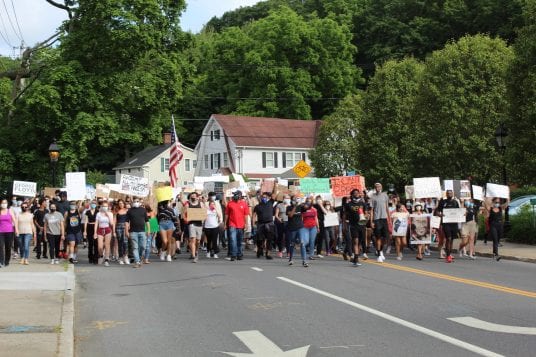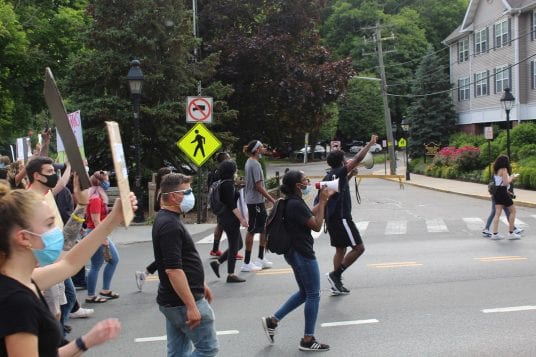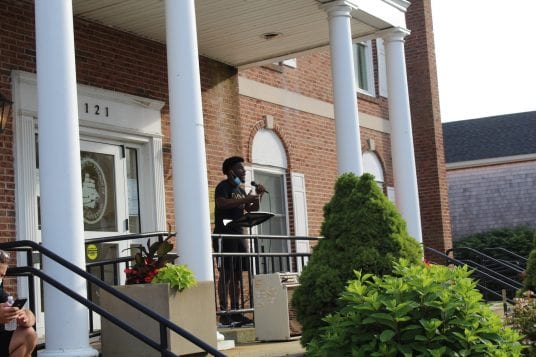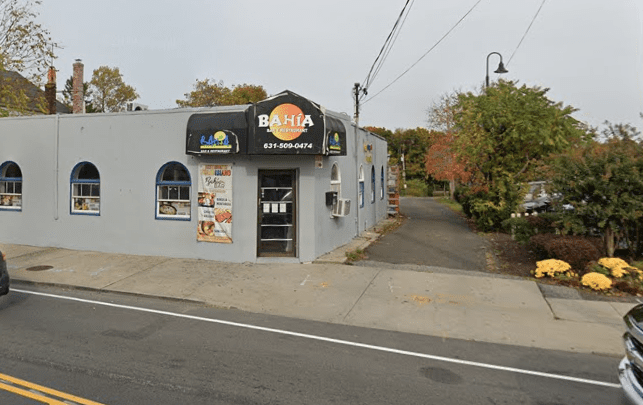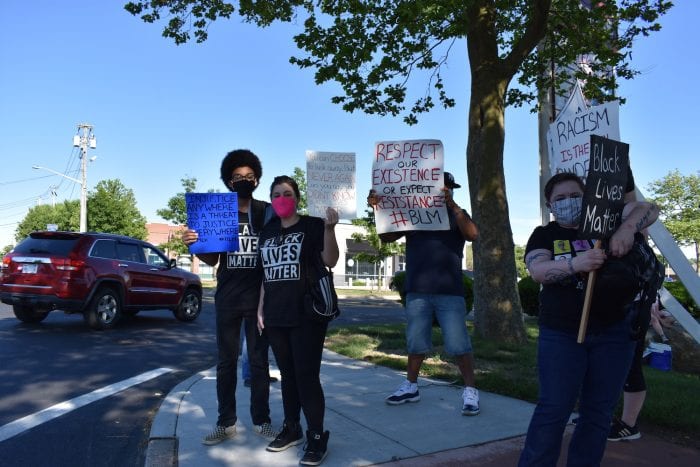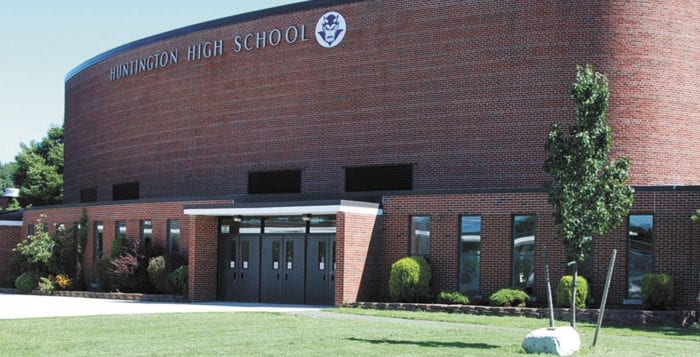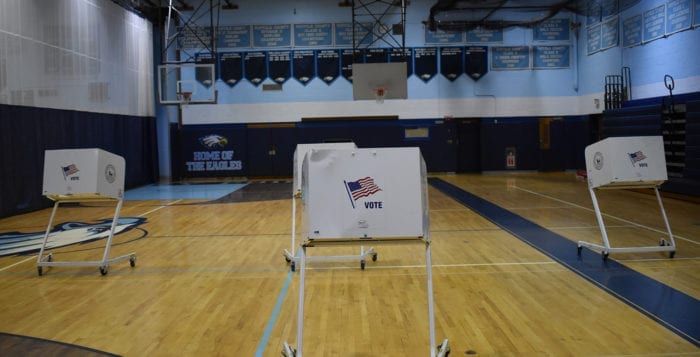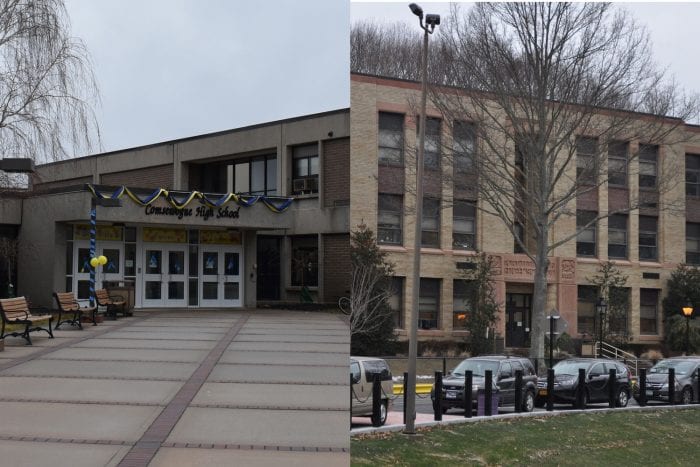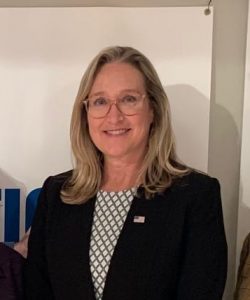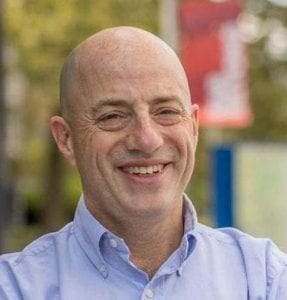School districts in Huntington canvassed ballots June 16 for hours before reporting results.
Elwood Union Free School District
The district passed its 2020-21 budget, 2,921 to 1,064. Its budget is set at $64,443,174, a 2.73 percent increase from last year’s figure. The district will see a tax levy increase of 2.89 percent, which is below its allowable tax levy cap of 7.22 percent.
The proposed increase of 2.89 percent is less than what is needed to fully cover the increase to capital debt, so as a result the district has planned targeted reductions. Those will include elimination of one full-time administrative position, reduction in staffing due to attrition, reduction to athletics for materials and supplies, reduction to certain co-curricular activities with minimal student enrollment and reduction in security hours to eliminate redundancy in buildings.
Voters elected two candidates to the board of education. Newcomer Sara Siddiqui secured the most votes of 2,489 and will be elected to fill the balance of an unexpired term from June 9, 2020, through June 30, 2020, to be followed by a full three-year term. Challenger Thomas Scarola, who received the second highest number of votes with 2,281, will serve a full three-year term beginning in July. Incumbent Becky Marcus failed to secure reelection with 1,775, as did George Neofitos with 755 votes.
Northport-East Northport Union Free School District
Voters passed the 2020-21 budget 5,241 to 1,545. Its budget is set at $172,752,759, a $1.6 million increase from last year’s total. The budget package supports K-12 instructional programs, funds the purchase of 1,500 Chromebooks to complete the final phase of the 1:1 computing initiative so that all students K-12 have their own device, preserves the district’s art, music and athletic programs, maintains class sizes within district guidelines, preserves staffing and programming to support the social-emotional needs of students and supports the district’s professional development initiatives for staff.
In the event of future foundation aid reductions, the district will look to defer a number of expenditures. The total would come out to over $1.8 million. In a worst-case scenario, the district could eliminate late bus runs, eliminate/reduce school trips, reduce athletic opportunities (games, teams), and reduce full-time equivalent employee hours, among other things.
Board president David Badanes secured reelection with 5,119 votes. Incumbent Donna McNaughton was reelected with 4,463 votes. Challenger Victoria Bento fell short in her bid with 2,762 votes.
Harborfields Central School District
The 2020-21 budget passed by an overwhelming 3,609 to 1,472. Its total budget figure will be $88,843,177. The district will see a tax levy increase of 2.80 percent. The tax levy amount is $68,465,006 compared to last year’s amount of $66,600,280. State aid is down from $16,466,214 to $14,526,584, which is an over $1.9 million decrease.
Incumbents Christopher Kelly and David Steinberg were reelected to the board. Kelly received 3,477 votes, while Steinberg garnered 2,855 votes. Challenger Freda Manuel came up short with 2,174 votes.
Cold Spring Harbor Central School District
Voters passed the 2020-21 budget 944 to 373. Its budget is set at $71,092,749, which is an $817,932 increase from its 2019-20 figure. The district’s tax levy amount will be $66,819,125. The overall budget is about $1 million under the tax levy limit.
District officials are expecting further aid reductions from the state. However, the current budget maintains all programs. The district will continue its Chromebook initiative for all students at the middle and high school, extensive professional development for teachers, continue the partnership with the Cold Spring Harbor Laboratory and DNA Learning Center, fund arts programming, including a partnership with the Huntington Arts Council and Lincoln Center Education.
In addition, the budget will facilitate the approval for new three-year transportation contracts, appropriates $900,000 in capital construction funds for the following projects: Field House locker room reconstruction, grounds storage building construction at the middle and high school, performing arts center house lighting replacement.
Proposition 2 was passed by voters, 911 to 451. It would transfer an amount not to exceed $750,000 from the district’s unassigned fund balance to replace existing faucets and the upper synthetic turf field at Cold Spring Harbor Jr./Sr. High School.
Proposition 3 was also passed by voters, 916 to 448. It will authorize the creation of a capital reserve with a limit of $15,000,000 in deposits plus applicable interest over a 15-year term to complete future capital construction projects.
Four candidates ran for three seats with three-year terms, beginning July 1, 2020. Incumbents Janice Elkin and Mark Freidberg secured reelection while challenger Tara Belfi was elected to her first term.
Huntington Union Free School District
Voters passed the 2020-21 budget, 3,696 to 1249. Its budget is set at $135,938,167 with a 1.77 percent increase. Its tax levy amount comes out to $112,350,000.
Its second proposition also passed 3,976 to 924. It will approve the release of monies for state-approved projects that will total over $3.6 million. Southdown Primary School: $340,000 would be used for rooftop solar panels; Huntington High School: Partial roof replacement costing $1 million; Finley Middle School: Science/prep rooms reconstruction and boiler replacements would cost $2 million; and Jack Abrams STEM Magnet School: New auditorium seating and flooring would cost $300,000. Costs of repairs of Finley Middle School lockers will also be included in the total.
Residents elected two individuals to the BOE to a three-year term commencing July 1, 2020, and expiring June 30, 2023. Longtime trustee member Xavier Palacios secured reelection with 2,494 votes, challenger Kelly Donovan was elected to her first term with 3,061 votes. Board president Jennifer Hebert decided to not run for reelection this year.
Commack School District
Commack School District’s 2020-21 budget of $199,759,525 was approved by residents, 5,332 to 2,128.
Trustee Susan Hermer retained her seat with 3,401 votes. Her challenger Mike Weisberg garnered 3,021. Incumbent William Hender ran unopposed and received 5,157 votes.
The 2020-2021 school budget has a tax cap levy increase of 1.99 percent with a budget-to-budget increase of 1.37 percent.





